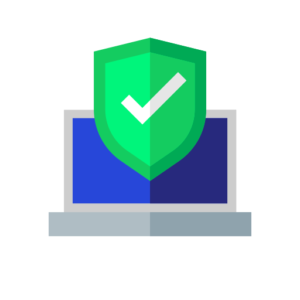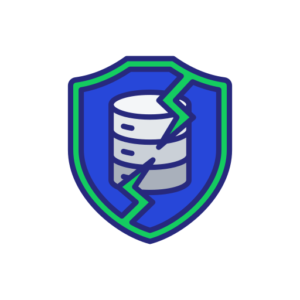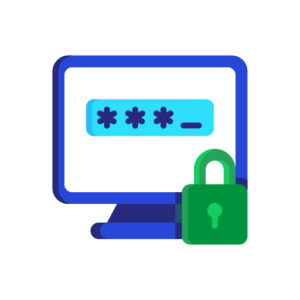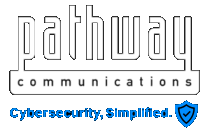Some people and organizations believe in myths about cybersecurity due to a lack of understanding of the complex nature of cybersecurity and the constantly evolving threat landscape. Additionally, misinformation and sensationalized media coverage may lead to the spread of myths and misconceptions. Some organizations may also underestimate the value of investing in cybersecurity measures or believe that they are not a target for cyber-attacks. This can lead to a false sense of security and a failure to adequately protect their systems and data.
PATHWAY COMMUNICATIONS
In cybersecurity, there's no such thing as 'too safe'
We need to always strive for the highest level of security possible.
Why there are misconceptions about cybersecurity
Common myths about cybersecurity
Cybersecurity is a constantly evolving field, with new threats and challenges emerging every day. Unfortunately, there are several myths and misconceptions about cybersecurity that persist, which can lead to inadequate protection and a false sense of security. So let’s debunk some of the most common myths about cybersecurity and set the record straight.

Myth 1: Cybersecurity is only a concern for large businesses
Reality: Cyberattacks target businesses of all sizes. Small and medium-sized businesses (SMBs) are often more vulnerable due to limited resources and security measures in place.
Myth 2: Antivirus software is enough to protect your systems
Reality: While antivirus software is essential, it’s only one component of a comprehensive security strategy. Firewalls, encryption, security updates, and employee training are also crucial to ensure robust protection.


Myth 3: Cybersecurity is an IT department issue
Reality: Cybersecurity is a shared responsibility across an organization. Every employee should be trained in cybersecurity best practices and play a role in maintaining a secure environment.
Myth 4: Data breaches are only caused by external attackers
Reality: Insider threats, both malicious and unintentional, can also result in data breaches. Proper access controls, monitoring, and employee training are necessary to mitigate the risk of insider threats.


Myth 5: Passwords are enough to secure your accounts
Reality: Passwords are often vulnerable to attacks, such as phishing and brute force. Two-factor authentication (2FA) adds an extra layer of security, making it more difficult for attackers to access your accounts.
How to stay aware of cybersecurity
You can stay up to date with the latest news and developments in cybersecurity by following reputable sources and industry experts. Alternatively, you can subscribe to security alerts and updates from Pathway that provides all the information you need to stay informed and protected against cyber threats.


